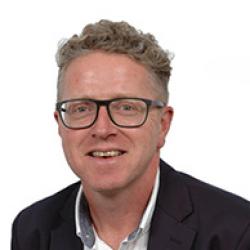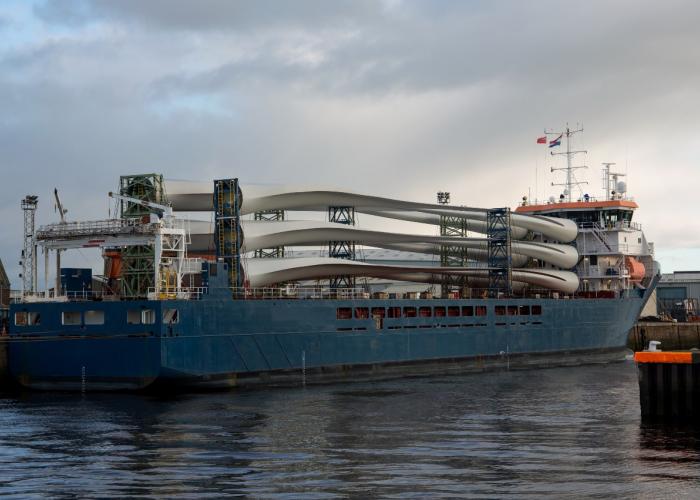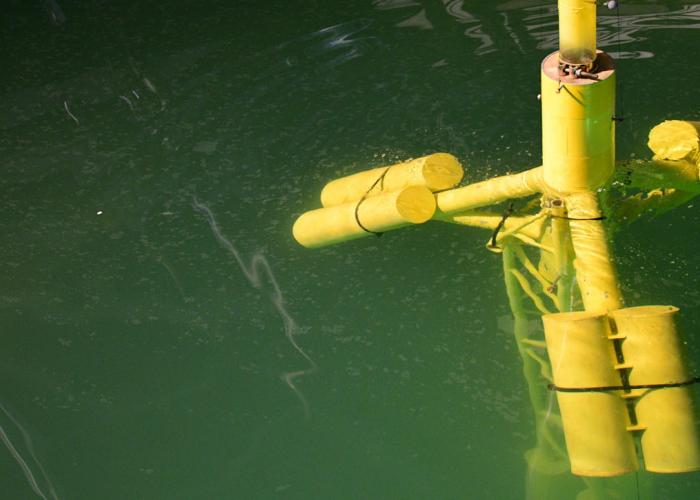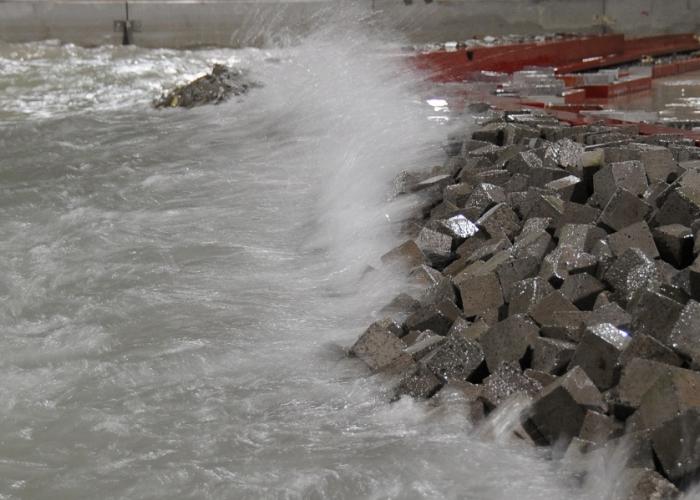Energy islands’ sustainable credentials rest on good advice
Construction of the first artificial energy islands, which will aggregate and distribute energy from several wind farms, is due to begin in 2024. While they are a novel concept, much can be learnt from other industries’ experience to ensure these islands make an effective contribution to cutting carbon and costs and ensuring a sustainable future, says Mike Case.
With the rapid expansion of offshore wind energy, windfarm areas are being developed increasingly further from the shore, frequently more than 100km away. At these distances, the cost of the main export cables between wind farm and shore can be up to a third of project capital cost. Having individual export cables from each windfarm also means multiple landfalls with a number of connection points to the national grid. This in turn requires: grid reinforcement across a number of areas; multiple substations, each with a large land footprint; and manifold and often complicated landfalls with complex environmental and regulatory consents.
The idea of energy islands is to act as a collection point or hub located far offshore and much closer to the wind farm lease areas into which multiple windfarms can connect. The islands will house large HVDC converter stations with one main cable export corridor to shore. The aim is for this to greatly reduce overall costs and technical and consenting risks for windfarms, along with cutting overall cable technical losses. Plans are also being considered for the islands to be used for offshore green hydrogen or synthetic fuel production (Power-to-X), much closer to where the power is produced, again reducing cable losses.
Energy islands are already on their way. Belgium and Denmark are very advanced with plans for the North Sea. The Danes are set to start building in the North Sea in 2024 with another island to follow in the Baltic Sea. Plans are also afoot by a Danish, Dutch and German collaboration to build an island on Dogger Bank to be operational in the early 2030s. Others will no doubt follow.
Expertise needed to construct an energy island
Construction considerations
The islands are likely to be constructed from dredged material with rock armour around the outside. Developers will need to select sites that are not exposed to extreme weather conditions and in areas that are not environmentally sensitive. The islands’ coastline and harbours will need protecting from the elements, including future-proofing to take into account climate change predictions.
To achieve the above, developers will need to draw on different areas of knowhow, including: modelling waves and currents; climate change predictions; layout and breakwaters design; dredging; environmental permissions; coastal protection schemes; and seabed studies. Fortunately, the expertise needed to select suitable sites and then design, construct and run the islands has already been developed and put into practice by other industries, such as ports and harbours, offshore oil and gas, and LNG distribution.
Cabling knowhow will also be essential in terms of selecting the best routes, suitable cable burial depth and which cable protection systems (CPS) will be used for exposed sections. Specialist cable crossing designs and landfall designs will also be required. The offshore wind sector, now well into its third decade, has developed a great deal of expertise in cabling but failures still occur and are considered one of the biggest risks for wind farm owners and operators.
Sustainable solutions
These islands are a key enabler in order to develop multiple windfarms far from the shore. They will help us increase our renewables mix on the grid and our collective efforts to reach net-zero. These projects will be very high profile projects and, given their role in our efforts to reduce greenhouse emissions, it will be vitally important to consider how to minimise the impacts of their construction as much as possible.
Again, practices used by other industries can be applied to help this challenge. Cutting emissions by refining dredging practices and techniques, for instance, is one potentially significant way of reducing carbon. Better design of port components can also cut capital expenditure costs and emissions. The use of construction materials can be minimised by ensuring breakwaters and quays are designed at the optimum height and size, and designing with local materials in mind can cut down on transportation and associated carbon footprint.
It is also possible to create opportunities for biodiversity net gain to offset habitats lost during construction. For example, new quays can incorporate measures to encourage flora and fauna to colonise the structure. Wall structure designs could include surfaces that are less smooth and have the right chemistry to promote marine life such as algae and crustaceans to attach to them.
Clearly, energy islands provide a huge opportunity to enable the wind sector expand effectively to produce more clean energy, but there is also the potential to develop them in a truly sustainable way. By taking advice and carefully considering designs in advance, developers should be able to minimise the carbon impact needed to build the islands, whilst creating environmental, societal and economic value well into the future.
Want to know more?
Want to know more?



